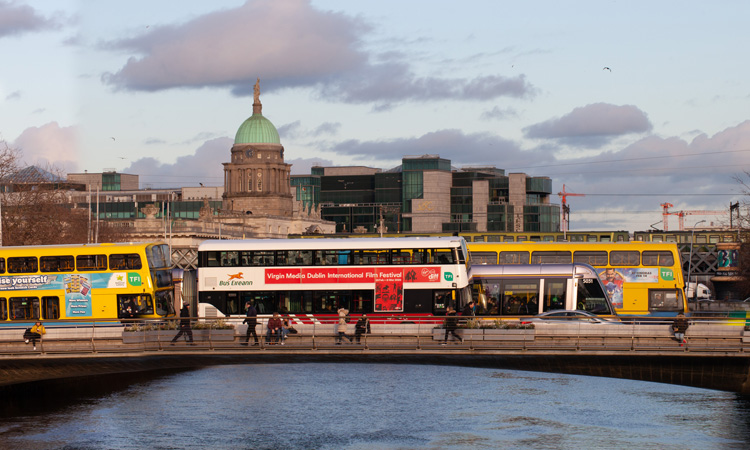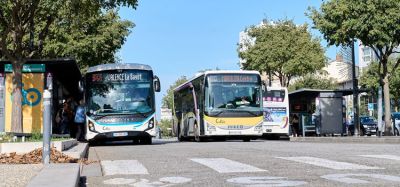Dublin mobility recovery plan published
- Like
- Digg
- Del
- Tumblr
- VKontakte
- Buffer
- Love This
- Odnoklassniki
- Meneame
- Blogger
- Amazon
- Yahoo Mail
- Gmail
- AOL
- Newsvine
- HackerNews
- Evernote
- MySpace
- Mail.ru
- Viadeo
- Line
- Comments
- Yummly
- SMS
- Viber
- Telegram
- Subscribe
- Skype
- Facebook Messenger
- Kakao
- LiveJournal
- Yammer
- Edgar
- Fintel
- Mix
- Instapaper
- Copy Link
Posted: 26 May 2020 | Sam Mehmet (Intelligent Transport)
The “Enabling the City to Return to Work” framework has outlined the necessary steps to allow people to travel and move around Dublin city centre in the safest and most efficient way possible.


Irish Minister for Transport Tourism and Sport, Shane Ross, has welcomed the publication by Dublin City Council (DCC) and the National Transport Authority (NTA) of a framework of proposals to address the new and urgent needs relating to commercial activity and mobility in Dublin City Centre, which have emerged as a result of the COVID-19 public health emergency.
The goal of “Enabling the City to Return to Work” is to allow the city to function under the new arrangements arising from the COVID-19 crisis, both in terms of providing space for safe movement of people and business activities, and in accommodating the changed mobility and transport patterns.
The plans aim to allow people to return to retail and leisure activities and enable the city to return to work. In addition, it will allow people to visit family and friends and, in time, allow schools and colleges to reopen all in line with government guidelines and timescales.
The objectives of the plan are:
- To ensure safe access to, and movement within, Dublin City for all users
- To provide sufficient movement and mobility capacity to cater for the changed travel patterns
- To support the economic recovery of the city and the region.
The measures proposed to enable this include:
- Improving pedestrian safety through the provision of additional space for movement and enhanced pedestrian areas
- Enabling more people to cycle by providing safer cycling facilities
- Providing additional space at many bus stops in order to facilitate social distancing
- Accommodating a certain level of car use, calibrated with other transport needs, including possible additional parking provision on the periphery of the city core area
- Implementing various bus route changes required to enable the roll-out of cycling and walking measures, while still maintaining a strong public transport network.
The document is focused on the city centre, the radial routes approaching the central area and a number of urban village interventions. There is said to be little doubt that additional measures and interventions in other areas of the city will be required and the plan will be updated on an on-going basis to reflect this.
Work is already underway on assessing requests for further interventions that have been received from the public and elected representatives, with particular reference to the other urban villages and schools.
There will be a phased approach to implementation over a six to 12-month period. Measures will be implemented on a temporary basis and will be subject to review.
Other locations will be added to the mobility recovery framework as areas are surveyed, equipment becomes available and local proposals are developed. Areas with high numbers of cyclists and pedestrians will be prioritised to ensure that the maximum number of people can move freely throughout the city on safe, connected and coherent transport routes.
Related topics
COVID-19, Fleet Management & Maintenance, Infrastructure & Urban Planning, Mobility Services, Passenger Accessibility, Public Transport, Vehicle & Passenger Safety
Related cities
Dublin
Related organisations
Dublin City Council (DCC), National Transport Authority (NTA)
Related people
Shane Ross







